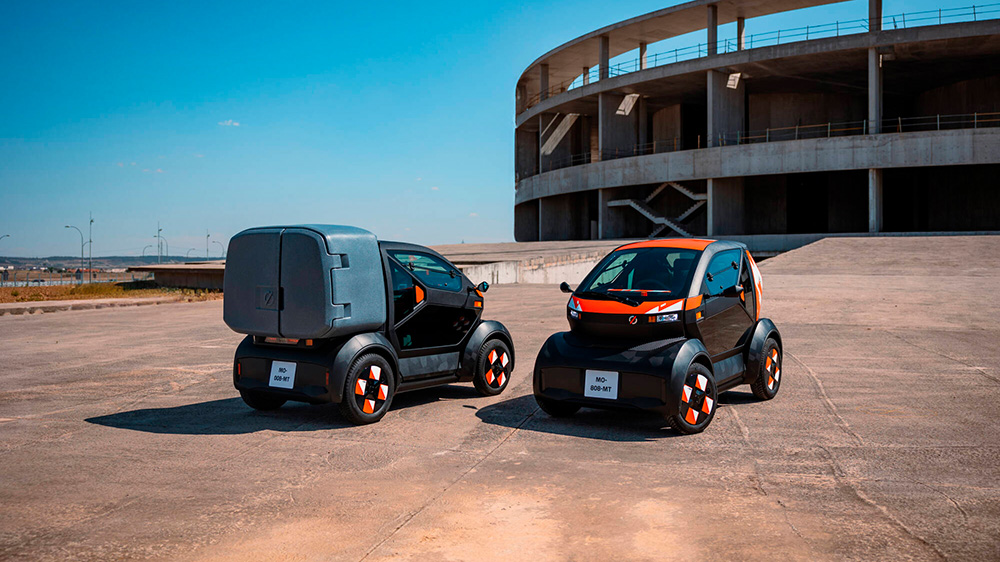Why do electric cars and carsharing go together so well? Regardless of country, the results are striking. Whether in Europe or elsewhere, their popularity is growing in unison and their association seems to be a win-win. One thing that is certain is that these innovative solutions are attractive to drivers who care about environmental issues. Whether it’s by sharing one vehicle or more or by switching to all-electric vehicles, these two solutions are both contributing significantly to more sustainable forms of transportation. But the common denominator between these two trends does not, in itself, explain the extent of their success.
step 1: The simultaneous rise of car-sharing and electric mobility
In the space of a decade, both carsharing services and the electric car sector have asserted themselves as major economic activities. One only needs to look at the figures. The car-sharing market in Europe currently generates about €3 million in annual profits, which will probably reach between €4 and 5 billion by 2030, according to McKinsey & Company. Meanwhile, according to research firm IHS Markit, by 2030 more than one in two cars sold will be electrified. These predictions signal a profound cultural shift in the way we get around.
step 2: The happy marriage of the shared car with the electric car
There are numerous factors driving this boom and highlighting why electric cars and carsharing naturally complement each other. The way we travel provides a preliminary explanation: we drive, most often, over short distances. In London, as in many major cities, 90% of car journeys are under 10 km; a self-service car, available on-demand and without prior reservation, is perfectly suited to that need. In such a context, an electric car has many advantages.
Simplicity of use due to on-board and off-board connectivity, driving pleasure due to immediately available torque, linear acceleration and, of course, the absence of engine noise… the electric vehicle has it all. As a shared vehicle, it has the added advantage of being able to recharge itself during periods of parking between two users: there is no need to “fill up” before returning it, as with a combustion engine vehicle!
step 3: The freedom of car sharing without a subscription
Another important point is that a large proportion of electric car-sharing journeys could not be made with a combustion engine car. In air-quality-conscious metropolises such as London, Tokyo and Berlin, electric car-sharing services are developing rapidly. Zity by Mobilize, which offers free-floating Dacia Springs, has been operating in Madrid, Lyon and Milan.
As for the Mobilize Share service, it is present in medium-sized cities and even in small towns in around ten countries. In Italy, for example, Mobilize Share, which started in Bergamo in 2021, now covers fifteen cities in the north, centre and south of the country. More than 250,000 green kilometres have been covered by users of the service.
As a means of pooling vehicles and optimising resources, car-sharing services are increasingly used by companies for their employees. But some companies also see it as a way of providing an additional service to their customers. This is the case of Ikea France, which offers Mobilize Share vehicles in its car parks… in case your purchase is difficult to move by public transport or too big for your own car.
This mobilisation of all the players to respond to the many challenges of mobility has had the effect of boosting the deployment of recharging infrastructures. The acceleration of shared mobility is therefore encouraging the development of electric mobility… and vice versa!
ON THE SAME THEME

Zity by Mobilize, a model of carsharing in Europe




